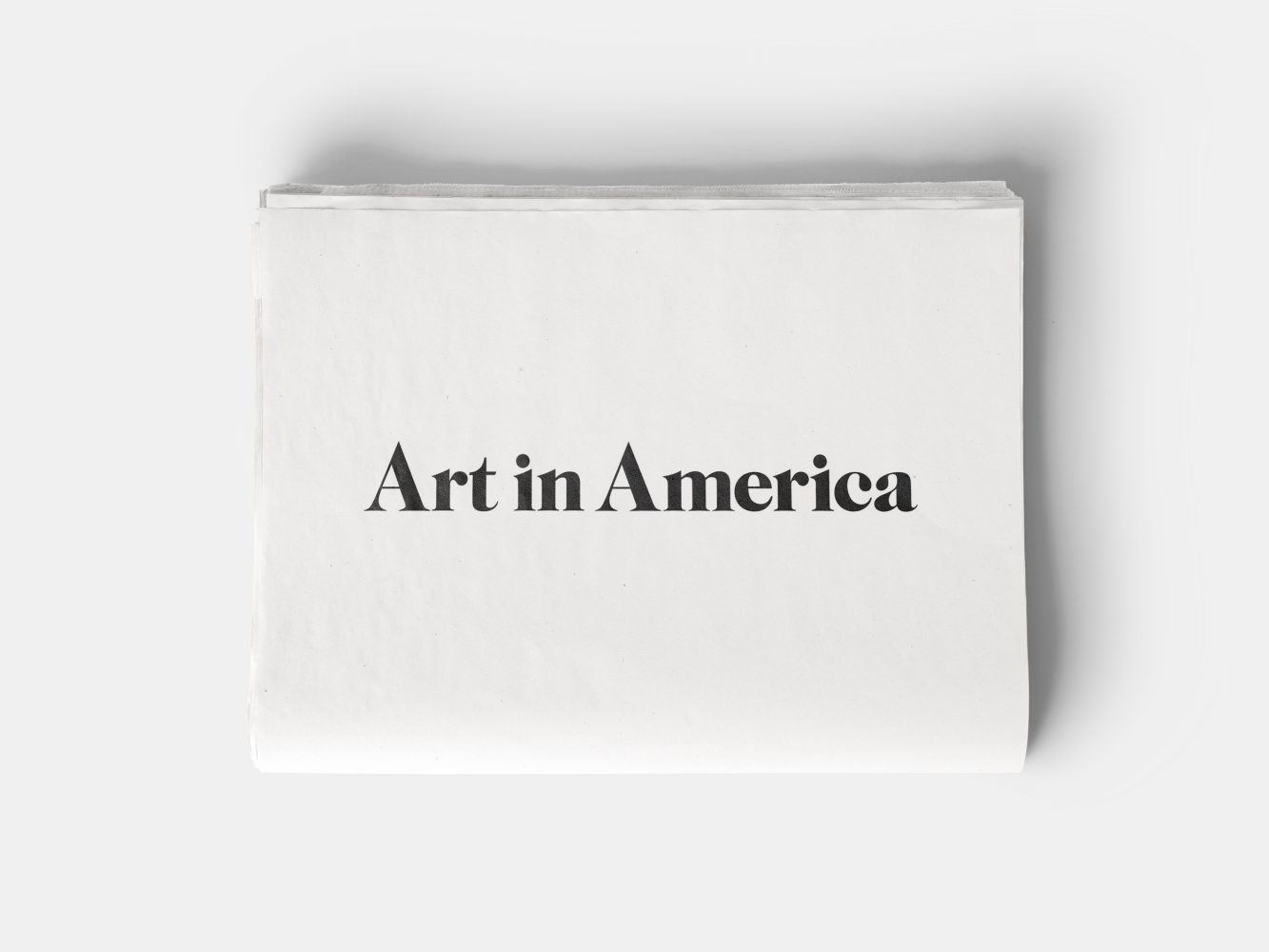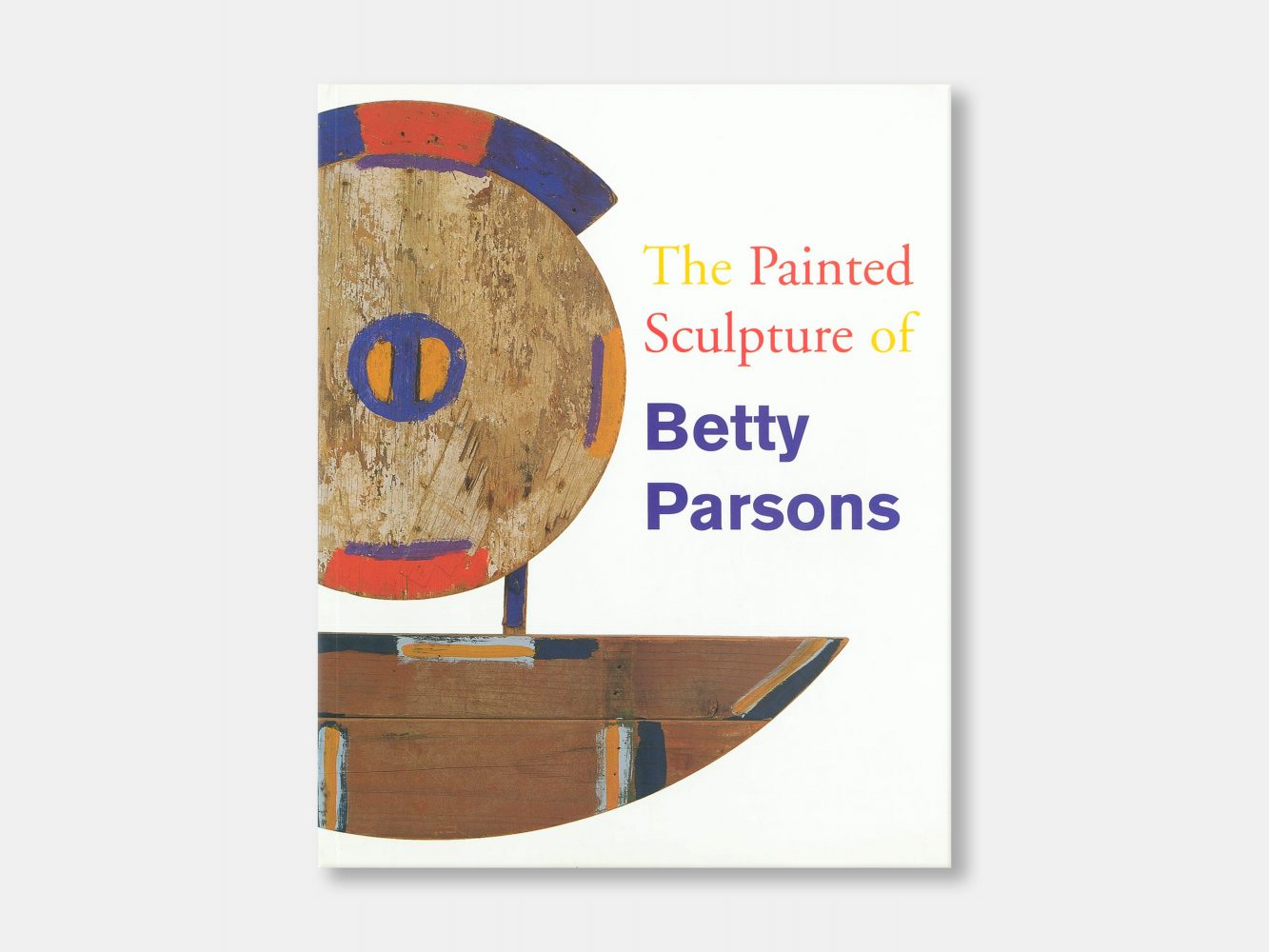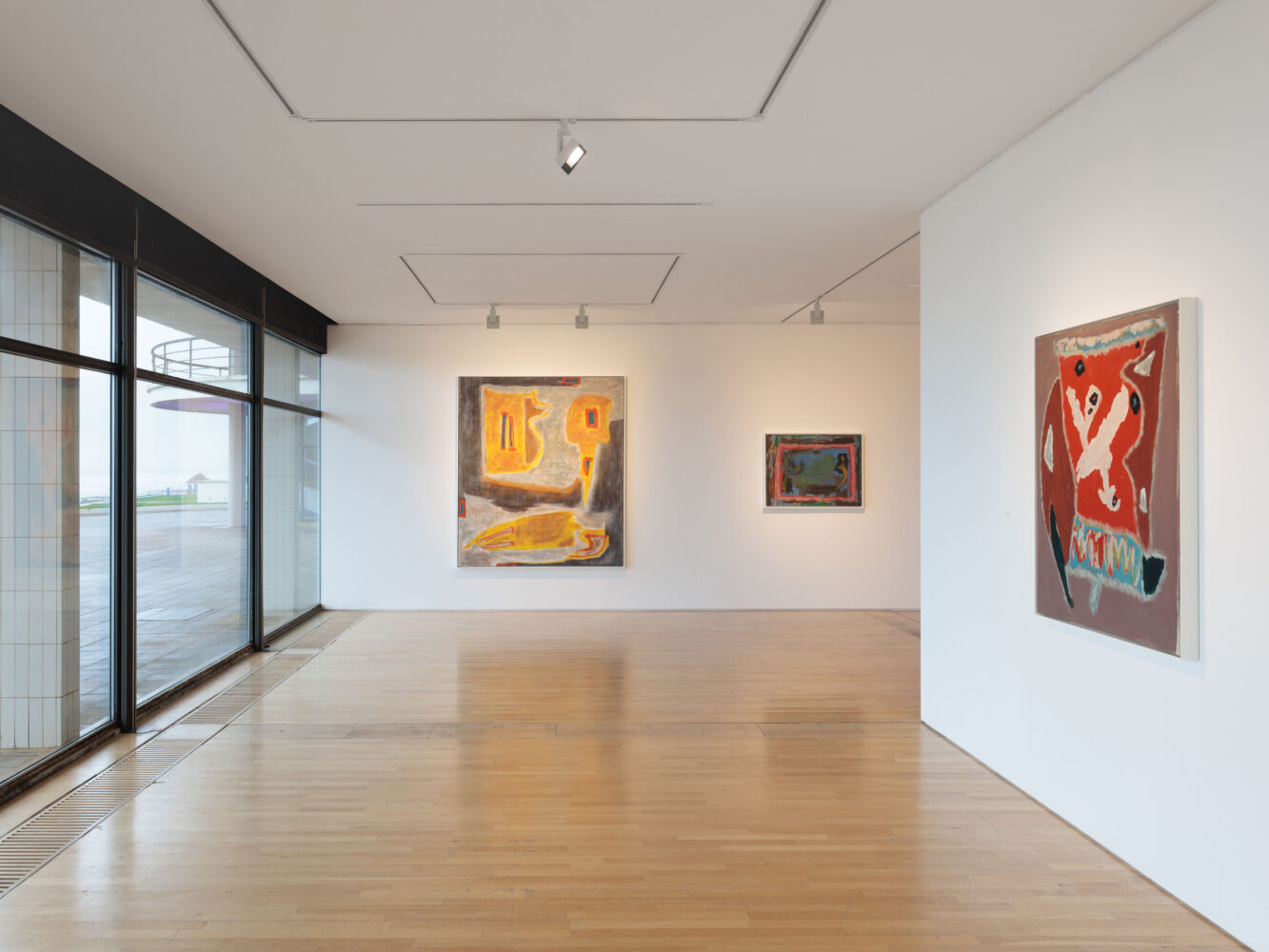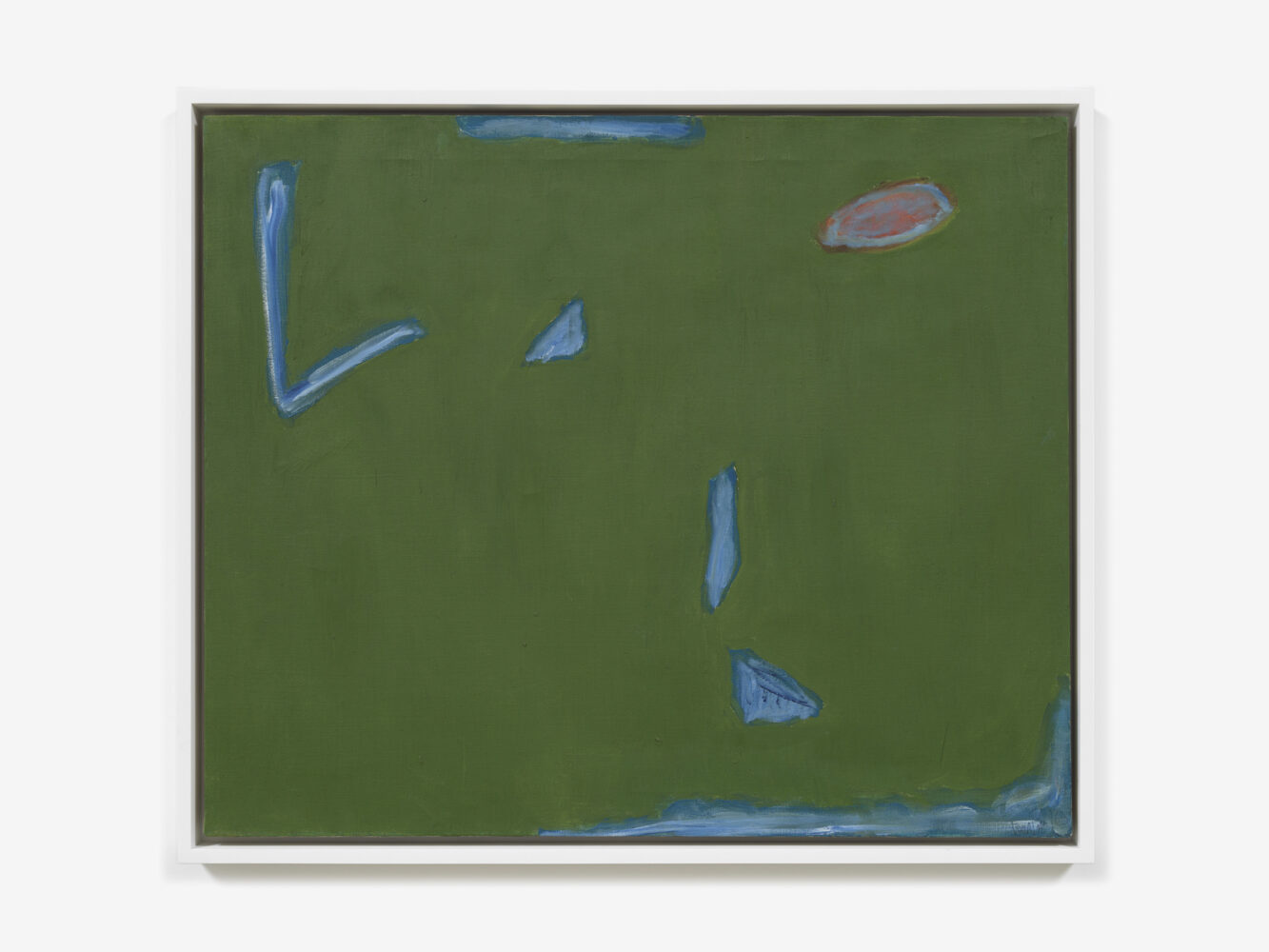Biography
Betty Parsons (b.1900 New York, US; d.1982 Southold, New York, US) is best known as a visionary New York gallerist of mid-century art, whose eye for great artists helped to shape and define twentieth-century art in the US. Alongside her gallery career, Parsons was an abstract painter and sculptor who maintained a rigorous artistic practice, painting during weekends in her Long Island studio. ‘When I’m not at the gallery, my own art is my relaxation’, she once said. ‘That’s my greatest joy’.
Parsons developed a style that was playful, bold and expressive, and always grounded by a flair for colour. The works made during her six-decade career drew on diverse sources, from natural phenomena and the cosmos, to Native American culture and Asian spiritual practices. Her adventurous character resulted in extensive international travel, including trips to Africa, Japan and Mexico, which had a profound impact on her relationship with colour and form. The coastal landscape surrounding Parsons’ Long Island studio was another environment that nourished her pursuit of capturing the fleeting nature of her surroundings and fuelled her impulse to evoke what she described as the ‘sheer energy’ or ‘invisible presence’ of a situation.
Born into a prominent New York family, Parsons resolved to be an artist after visiting the infamous Armory Show in 1913, an exhibition that is often credited with introducing Modern art to the US. Following classes at Parsons School of Design, her training evolved after relocating to Paris in 1922. Upon her arrival in France, Parsons quickly found herself amongst prominent artistic and literary circles, which included Alexander Calder, Man Ray and Gertrude Stein, and studied alongside Alberto Giacometti under the tutelage of Antoine Bourdelle. Upon her return to America, she studied with Alexander Archipenko in Los Angeles before moving back to New York in 1935, where she was taught by Arshile Gorky.
Parsons began to receive solo exhibitions at the beginning of the 1930s. To supplement her income, she took jobs assisting art dealers in Manhattan before opening the Betty Parsons Gallery in September 1946. At a time when there was little interest in new American painting, Parsons’ roster included Jackson Pollock, Ad Reinhardt, Mark Rothko and Clyfford Still. Parsons is also credited with launching the careers of several other artists over the course of the gallery’s 36-year history, including Helen Frankenthaler, Hedda Sterne, Barnett Newman, Ellsworth Kelly and Richard Tuttle. But despite the success of her gallery, Parsons possessed an unwavering commitment to her own artistic practice: ‘I would give up my gallery in a second if the world would accept me as an artist’.
In the mid-1970s, Parsons added sculpture to her practice. Inspired by the landscape surrounding her Long Island studio, she would collect wooden flotsam found on the beach and transform these forgotten objects into small constructions that can be likened to mementos, buildings and masks. This setting also impacted on Parsons’ life-long passion for writing poetry. Her numerous sketchbooks – a vital element of her creative process – were filled with poems, which appeared alongside watercolours of the coastal landscape.
Parsons’ 1974 retrospective at The Montclair Art Museum, New Jersey, which followed the first international survey of her work at the Whitechapel Gallery, London, in 1968, took the American media by surprise as it was still not widely known that Parsons was a painter and sculptor. Major New York institutions, MoMA and the Whitney Museum of American Art among them, have now reassessed Parsons’ position as an artist and her work has been acquired alongside many of the great artists she discovered or brought to the attention of the American avant-garde.
Works
Press

Betty Parsons review – scintillating seaside adventures from the woman behind giants like Rothko
October 2025

From the BFI London film festival to Taylor Swift: your complete entertainment guide to the week ahead
October 2025
Exhibitions
Books
News

Betty Parsons
in ‘Action, Gesture, Paint: Women Artists and Global Abstraction 1940–70’ Whitechapel Gallery, London

Betty Parson
in ‘Three Paintings by Richard Mayhew, Betty Parsons, and Jane Wilson’, The Heckscher Museum of Art, Huntington, New York

Betty Parsons & Michelle Stuart
in ‘Affinities for Abstraction: Women Artists on Eastern Long Island, 1950-2020’, The Parrish Art Museum, Long Island

















































































































